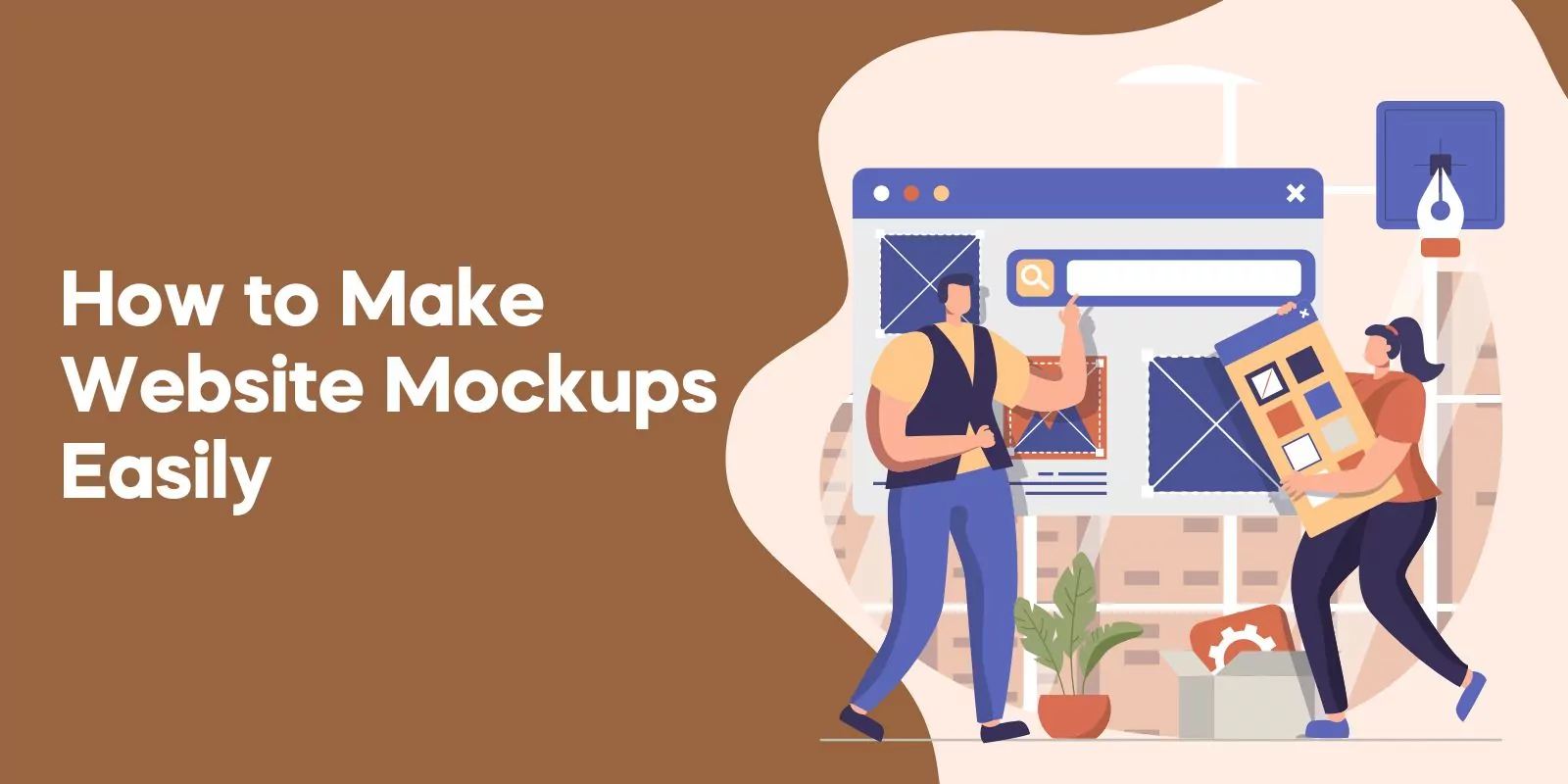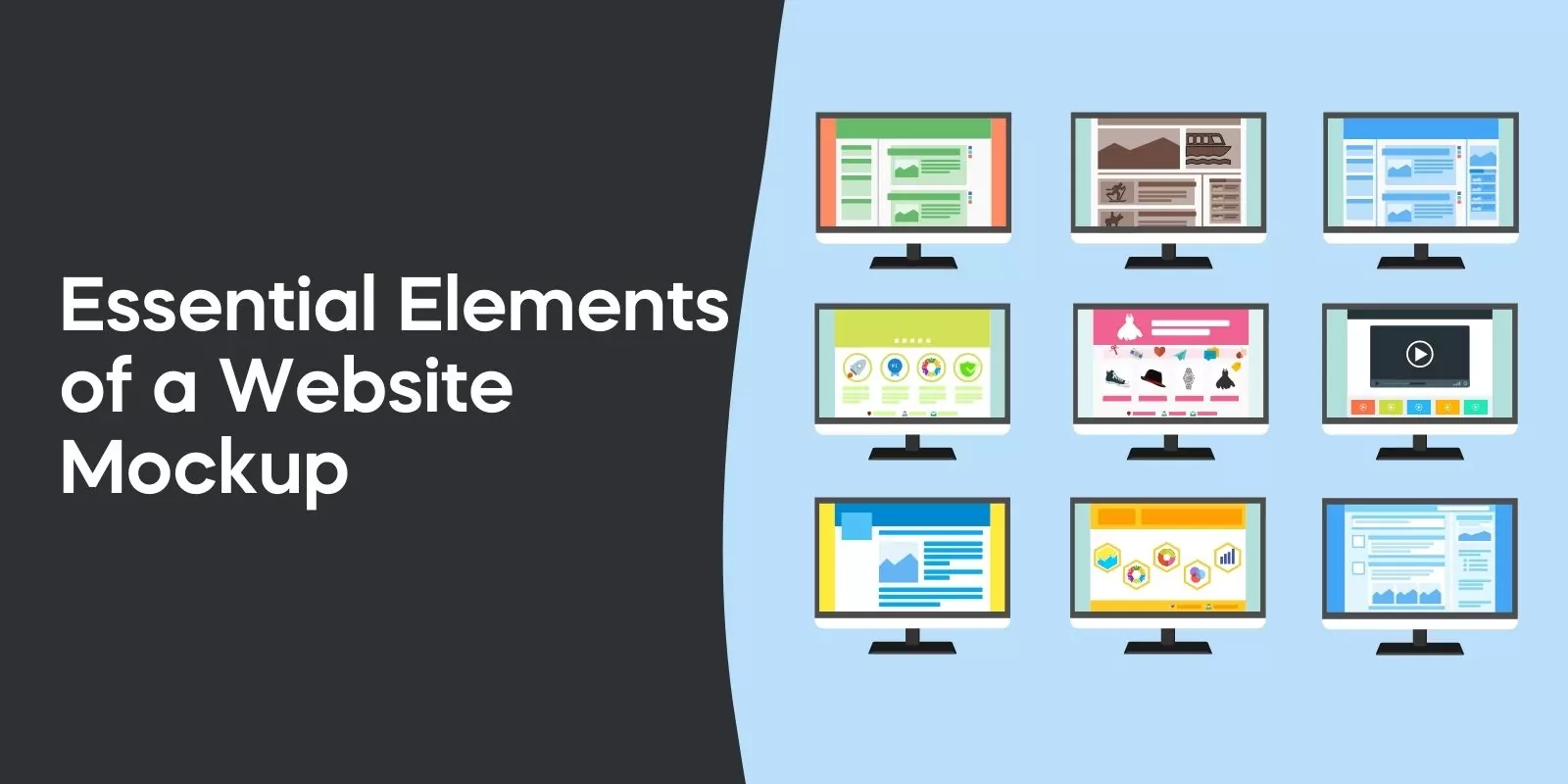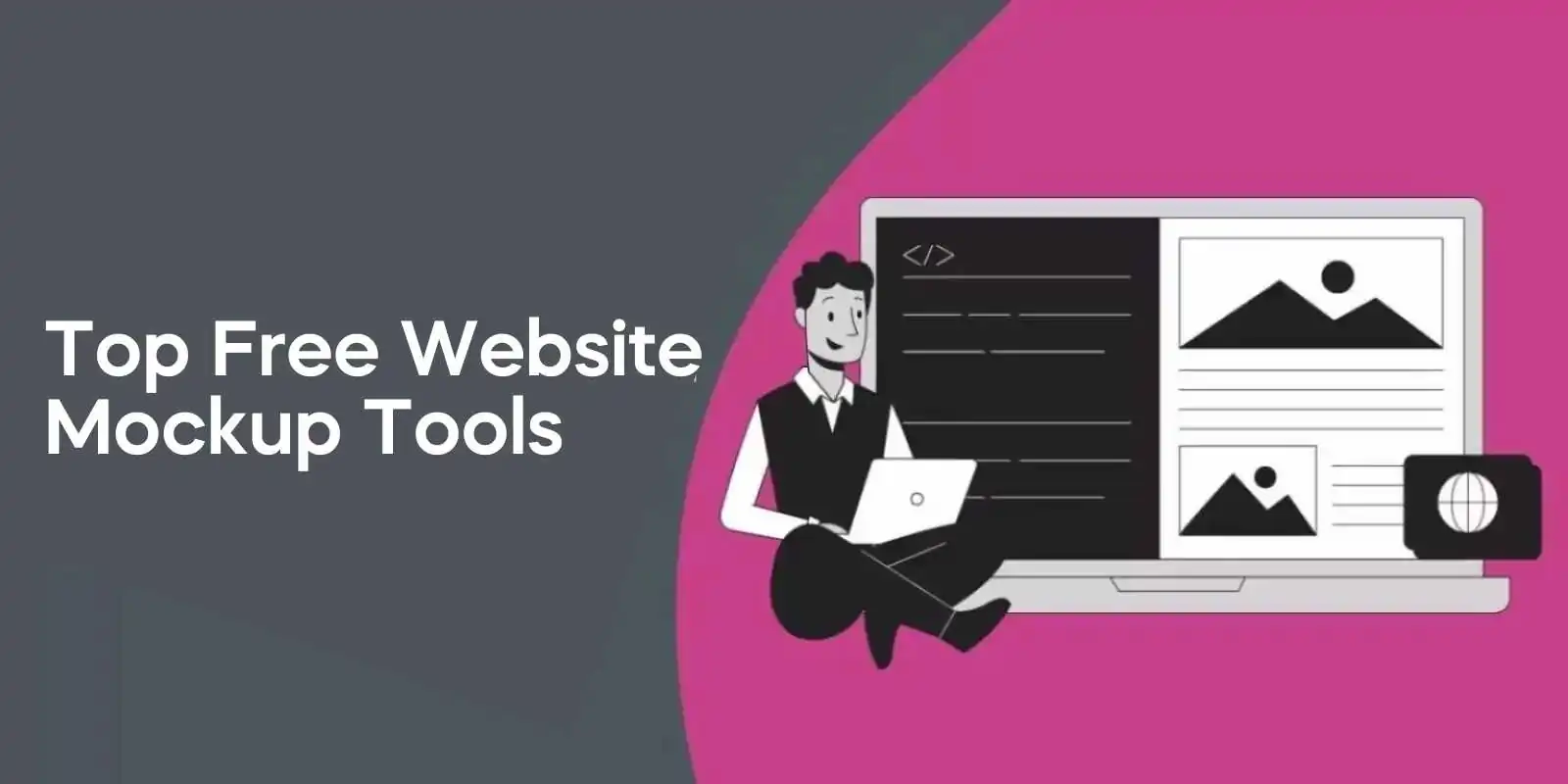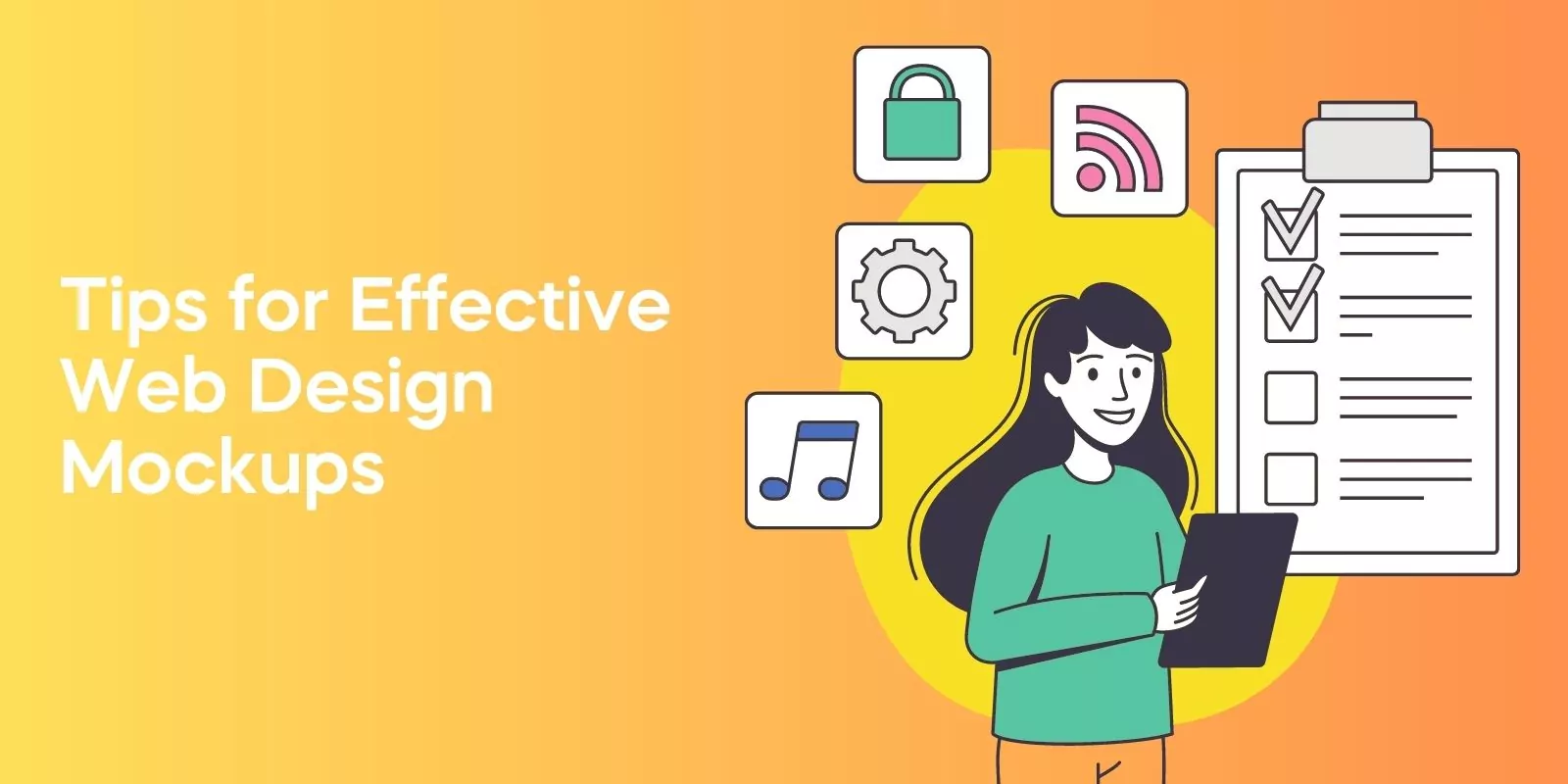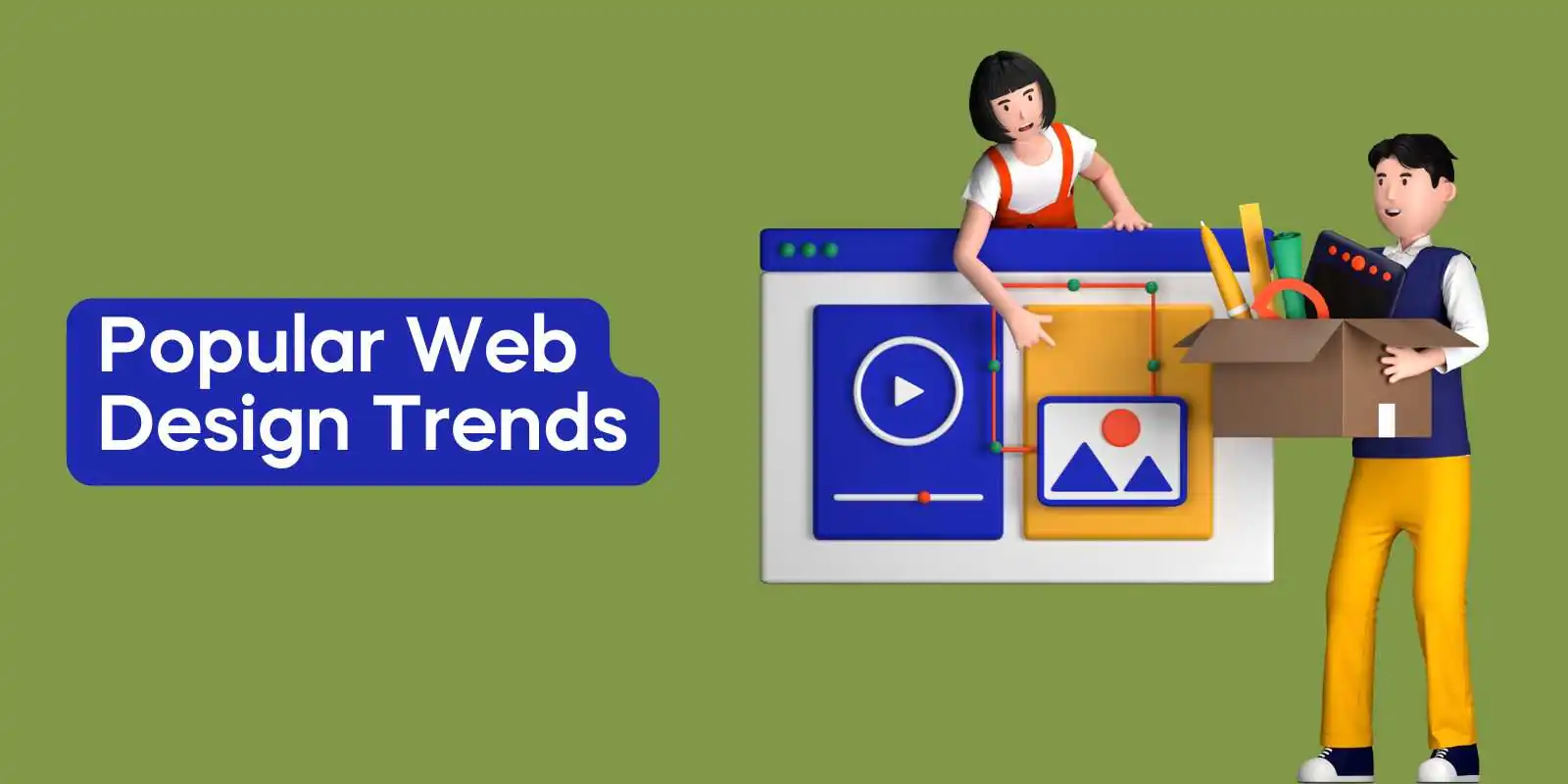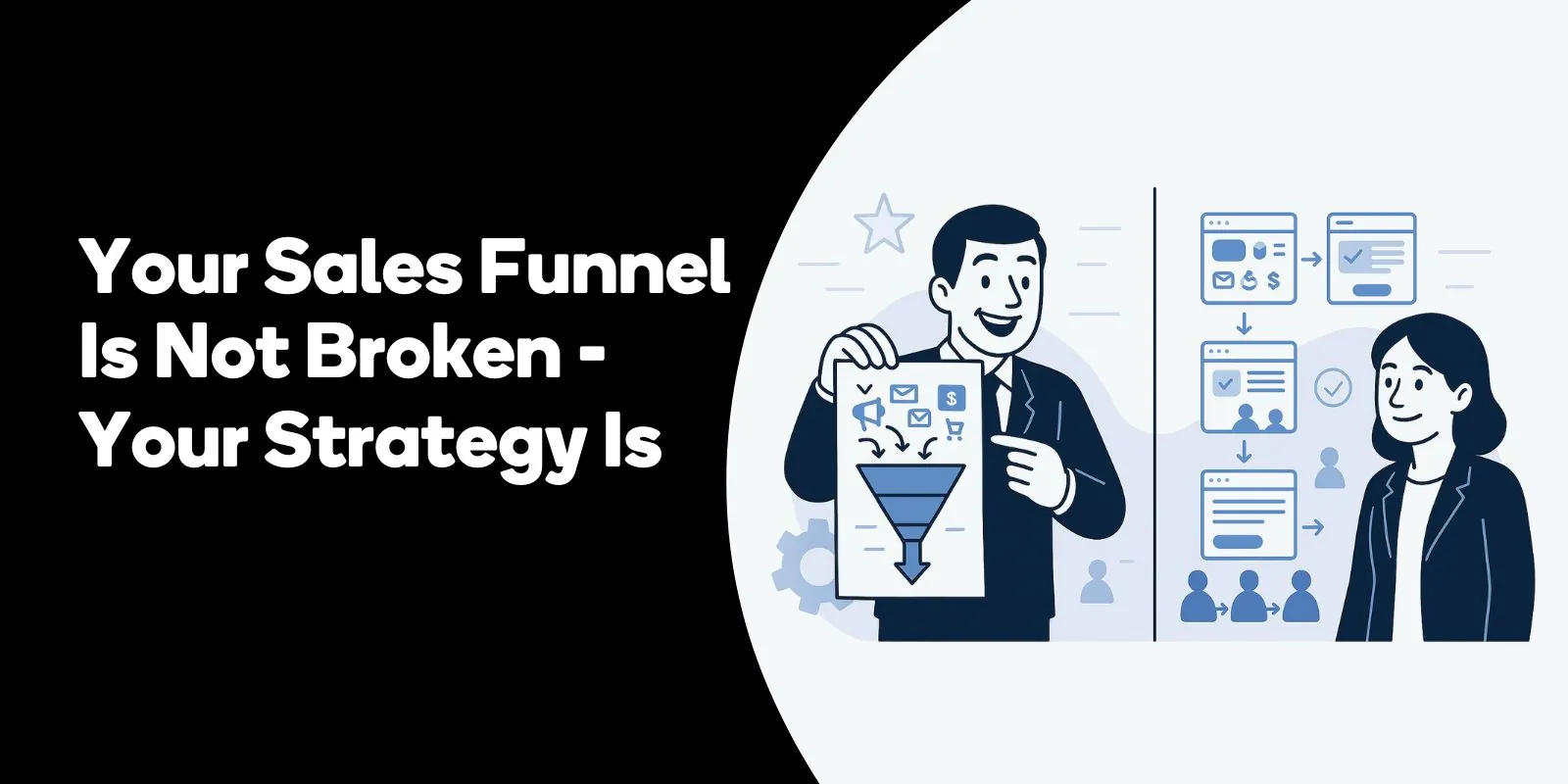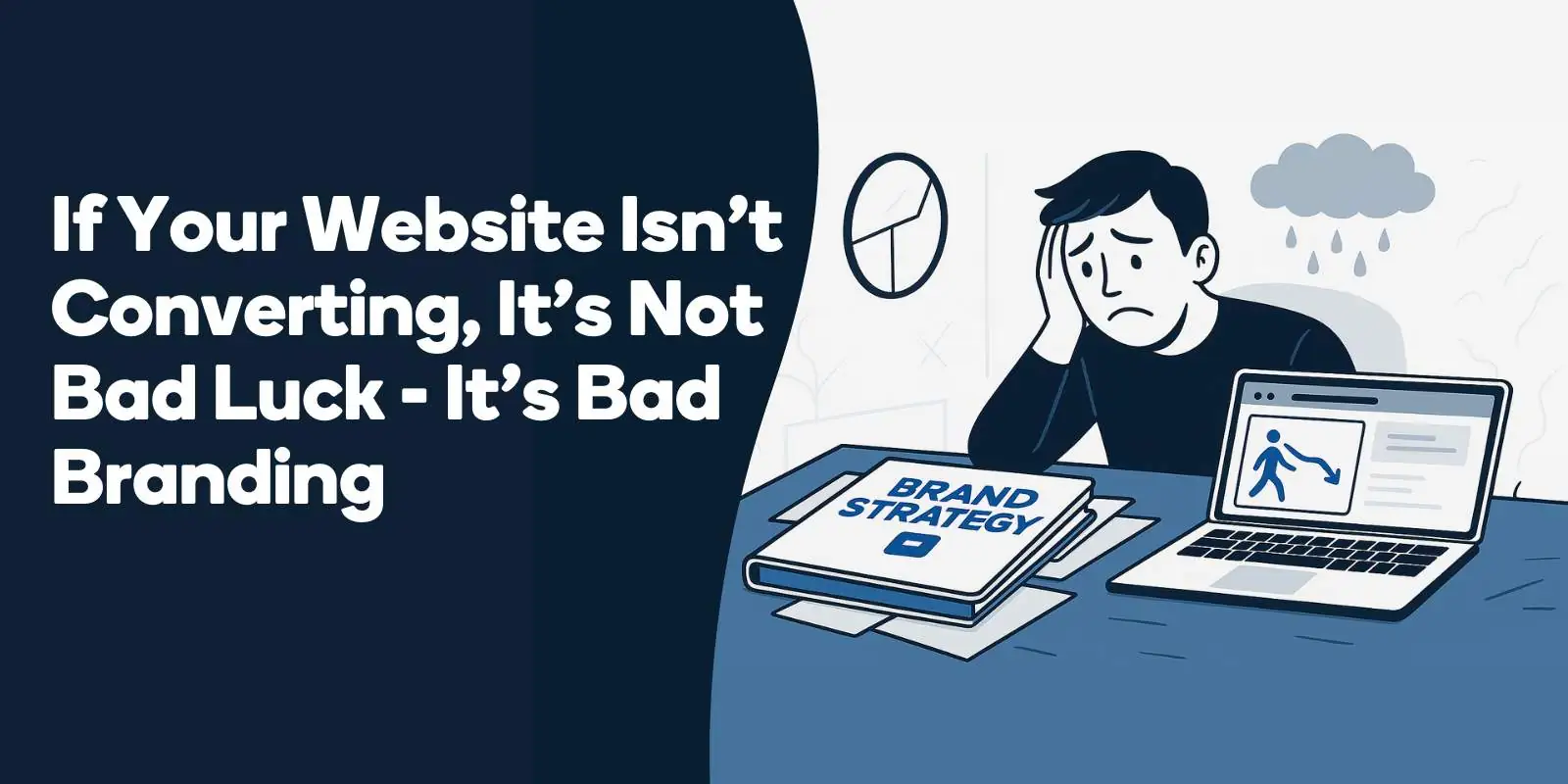Read on to discover the essential elements of a website mockup, top free tools, and a step-by-step guide to creating your own masterpiece.
The Importance of Web Design Mockups
Website mockups, including free mockup templates, serve as an initial visualization of a website’s appearance, combining the blueprint and prototype stages of the design process.
They are crucial for visualizing and finalizing design aspects, testing alternate versions, eliciting feedback from stakeholders, and keeping internal teams aligned.
In other words, they are essential in ensuring your website’s design is both aesthetically pleasing and highly functional.
By utilizing website mockup templates, designers can showcase and refine their work for commercial projects without the need for coding.
This not only saves time, but also allows for easy modifications and adjustments, ensuring that the final product is tailored to the specific needs and preferences of the client.
Essential Elements of a Website Mockup
Creating an effective website mockup involves paying close attention to several essential elements, including layout, typography, color schemes, images, and interactive elements.
These components contribute to the overall user experience and design aesthetics of your website, ensuring that it effectively communicates your brand’s message and stands out from the competition.
Layout
The layout of a website mockup is the foundation upon which all other design elements are built, determining the structure and organization of content on the web page.
It serves as the backbone of your website, facilitating the formation of a visual hierarchy and directing the user’s gaze to vital components.
A well-structured layout enhances the website’s look, tests the usability of the design, and contributes to branding.
By using web-design tools such as mockup templates or wireframe software, you can easily experiment with different layouts and structures to find the perfect balance between aesthetics and functionality.
This allows you to optimize the overall user experience and ensure that your website is visually appealing and easy to navigate with the help of a design tool.
Typography
Typography is a critical aspect of website mockups, as it not only conveys the website’s message and tone, but also enhances readability and user experience.
By selecting the appropriate typeface and font, maintaining a consistent font size and style, and ensuring legibility, you can create a visually engaging design that aligns with your brand’s identity.
With the vast array of typefaces and fonts available, it’s essential to choose the ones that best suit your website’s purpose and style.
Common typefaces used include sans serif, serif, script, and display typefaces, while popular fonts include Arial, Times New Roman, Helvetica, and Georgia.
By incorporating effective typography into your website mockup, you can set the overall tone of your site and create a harmonious browsing experience for your users.
Color Schemes
Color schemes play a crucial role in setting the mood and tone of your website, influencing user emotions and perceptions.
By carefully selecting and combining colors, you can create a visually engaging design that directs viewers through the site content and establishes a content hierarchy.
In addition to evoking emotions and enhancing brand recognition, color schemes can also communicate information such as hierarchies and instructions.
When designing your website mockup, consider experimenting with different color palettes to find the perfect balance between aesthetics and functionality, ensuring that your site leaves a lasting impression on your users.
Images
Images play a vital role in website mockups, as they help convey the website’s message and purpose while also contributing to the overall visual appeal of your design.
By incorporating high-quality and relevant images into your mockup, you can create a more visually attractive and engaging presentation for your clients and stakeholders.
To ensure the best results, it’s essential to consider the size and positioning of the images, as well as their relevance to the content of your website.
Whether you’re using stock photos, illustrations, logos, or icons, make sure that the images you choose enhance the overall aesthetic and atmosphere of your website mockup, providing clarity for the layout and design decisions.
Interactive Elements
Interactive elements, such as buttons, forms, sliders, drop-down menus, and drop elements, are essential in website mockups to increase user experience, engagement, and demonstrate the website’s functionality.
Interactive prototypes also assist designers in further developing their design and making modifications as they progress.
When creating interactive elements, it’s important to ensure they are visually appealing, user-friendly, and responsive.
By incorporating these elements into your website mockup, you can create a more engaging and functional design that not only meets the needs of your clients, but also provides a seamless user experience for your site visitors.

Award-Winning
Sales Funnel & Website Expert
Discover How My Agency Can Grow Your Business
- Website: Our websites are the perfect blend of form and function.
- Sales Funnel: We build sales funnels that turn leads into customers.
- SEO: Get found online with our expert SEO services.
Top Free Website Mockup Tools
As you embark on your journey to create the perfect website mockup, having the right mockup tool at your disposal can make all the difference.
Several free website mockup tools have emerged as the top choices for designers, including end-to-end design tools, mockup creation tools, and graphic design software tools.
Some of the top free mockups and website mockup tools include Sketch, Adobe XD, and Figma, which offer a range of features, such as wireframing, prototyping, and collaboration capabilities.
By utilizing these free website mockups tools, you can streamline your design process and create stunning, high-fidelity mockups that meet the expectations of your clients and stand out from the competition.
Creating Your Own Web Design Mockup: A Step-by-Step Guide
To create your own web design mockup, it’s essential to follow a step-by-step process that ensures a smooth and efficient workflow.
This guide covers everything from wireframing to finalizing the design, providing you with the necessary tools and tips to bring your website mockup to life.
Wireframeing is the first step in the process. It involves creating a basic outline of the website, including the layout, navigation, and content. This helps to ensure that the design is organized and easy to use.
Once the first thing is done, the first thing is done.
Wireframing
Wireframeing is the first step in creating a website mockup and involves sketching out the fundamental structure of the website, including the arrangement, typography, color palette, images, and interactive elements.
By constructing a low-fidelity representation of the website’s layout and structure, you can establish a solid foundation for your mockup and ensure that it effectively communicates your brand’s message and vision.
When creating wireframes, it’s important to differentiate between page elements such as text, images, navigation, CTAs, and other key elements.
This helps guarantee that the design is visually pleasing, easy to navigate, and accurately reflects the end product.
Using a specialized wireframing tool or sketching tools can make the wireframing process more efficient and streamlined.
Adding Visuals
Once you’ve established the foundation of your website mockup through wireframeing, it’s time to add visuals to bring your design to life.
Incorporating typography, color schemes, images, and interactive elements into your wireframe can transform it into a high-fidelity mockup that accurately represents the final website.
When selecting visuals for your mockup, it’s essential to ensure that they are of high quality, relevant to the content, and optimized for the web.
By carefully choosing and combining these visual elements, you can create a stunning and engaging presentation that effectively communicates your brand’s message and vision.
Collecting Feedback and Testing
Collecting feedback and testing your website mockup is a crucial step in the design process, as it helps identify areas for improvement and ensures the design meets user needs and expectations.
By gathering user feedback and running tests on the website to ensure its functionality, you can make necessary adjustments and refine your design to better suit the needs of your target audience.
During this stage, it’s essential to communicate with your clients and stakeholders, presenting your mockup and asking for their input.
By incorporating their feedback and making modifications as needed, you can ensure that your final product aligns with their expectations and requirements.
Finalizing the Design
Once you’ve collected feedback and tested your website mockup, it’s time to finalize the design.
This involves refining the mockup based on the feedback and testing, resulting in a polished and professional website mockup that accurately reflects your client’s requirements and expectations.
To ensure that your mockup is professional and visually appealing, verify that all elements are consistent and that the overall design is cohesive.
By carefully reviewing and adjusting your design, you can create a stunning and engaging website mockup that effectively communicates your brand’s message and sets the stage for a successful website launch.
Tips for Effective Web Design Mockups
Creating effective web design mockups requires a keen eye for detail and a deep understanding of your target audience’s needs.
By focusing on user experience, maintaining consistency throughout the design, and utilizing whitespace, you can create a visually engaging and functional mockup that effectively communicates your brand’s message.
Additionally, it’s essential to stay updated on the latest design trends and industry best practices, ensuring that your website mockup remains fresh and cutting-edge.
By incorporating these tips into your design process, you can create a stunning website mockup that not only meets the expectations of your clients, but also sets your website apart from the competition.
Showcasing Your Web Design Mockup
Once you’ve created your website mockup, it’s time to showcase your work to clients and stakeholders.
Presenting your mockup in a professional and engaging manner is crucial in ensuring that your clients understand and appreciate the effort and thought that has gone into the design.
High-quality images, videos, or GIFs can be used to create an impressive presentation that effectively illustrates the key features and functionality of your website mockup.
By providing a clear and compelling presentation, you can gain valuable feedback from your clients and make any necessary adjustments to ensure that your final product is tailored to their specific needs and preferences.
Popular Web Design Trends
Staying ahead of the curve and incorporating the latest web design trends into your website mockup can set your design apart from the competition.
Popular web design trends include web accessibility, nostalgia, artificial intelligence, 3D illustrations, custom illustrations, animated cursors, blending photos with graphical elements, gamified design, minimalist design, and the use of candy color palettes and Viva Magenta.
By embracing these trends and incorporating them into your responsive website mockup, you can create a cutting-edge design that not only meets the expectations of your clients, but also provides a unique and engaging user experience that sets your website apart from the competition.
Resources for Web Design Mockup Inspiration
Finding inspiration for your website mockup can be a crucial part of the design process, helping you stay updated on the latest trends and ideas while also sparking your creativity.
There are several design resources available for web design mockup inspiration, including online galleries, design blogs, and social media platforms.
Some of the top resources for website mockup inspiration include Awwwards, Best Website Gallery, and Behance, which showcase a broad selection of web design mockups and serve as excellent sources of inspiration for designers and developers.
By exploring these resources and staying updated on the latest design trends, you can create stunning, high-fidelity mockups that effectively communicate your brand’s message and vision.
Frequently Asked Questions
What is a mockup website?
Mockup websites are visual representations of a website designed to give stakeholders an idea of what the final product might look like. They include essential elements such as layout, color scheme and user interface features, but lack the dynamic functionality of the live page.
Mockups can help decision makers visualize the outcome of the project and identify necessary changes.
How do I make a web design mockup?
Creating a Website mockup is easy! Start by sketching out your ideas on paper, then use a wireframe to design the layout. Add visuals like images and typography, and test it out.
Finally, turn the mockup into a prototype that allows for user testing and feedback. With these steps, you can create an effective web design mockup.
How can I mockup a website for free?
Creating a website mockup doesn’t have to be expensive – with Canva, you can make one for free. All you need to do is launch Canva, choose an image or design, create a mockup and make any adjustments before saving, sharing or using it in your design.
How much does a mockup design cost?
Mockup designers typically charge a fee in the range of $500 to $3000+, depending on the complexity of the project, number of concepts needed, and level of revisions required. When it comes to mockup designs, costs can vary significantly. The cost could range anywhere between $500-$3000+, depending on the number of concepts you need, the level of revisions, and who you choose to do the designs.
How to make mockups?
Creating mockups doesn’t have to be difficult! With the help of Canva, you can quickly and easily make professional-looking mockups with the option to adjust as needed.
All you need is the right image or design, then you’re ready to get started.
Conclusion
In conclusion, creating an effective website mockup requires a keen eye for detail, a deep understanding of your target audience’s needs, and a thorough knowledge of the latest design trends.
By following the step-by-step guide provided in this article, utilizing top free website mockup tools, and drawing inspiration from various resources, you can create a stunning and engaging website mockup that not only meets the expectations of your clients, but also sets your website apart from the competition.
So go ahead and unleash your creativity, and embark on your journey to create the perfect website mockup today!
